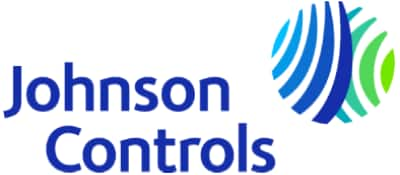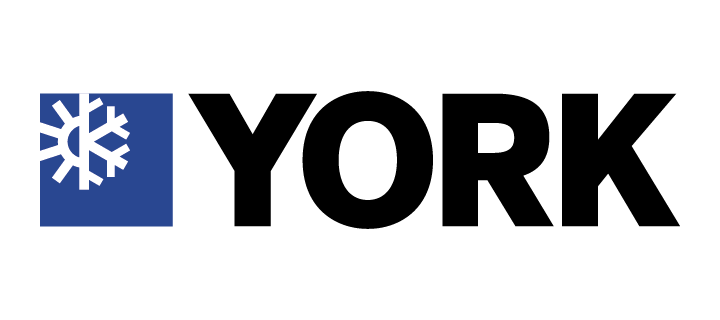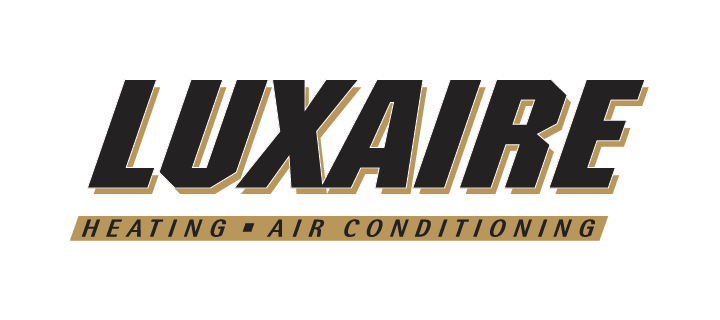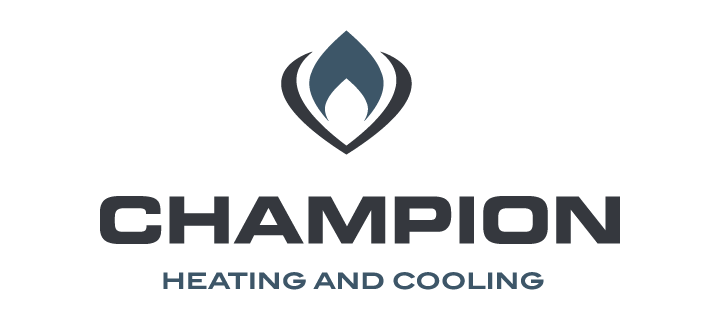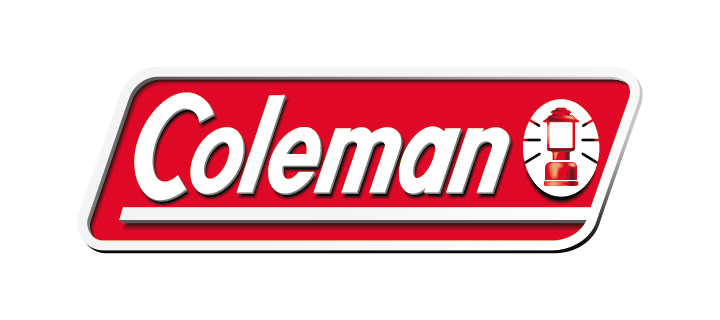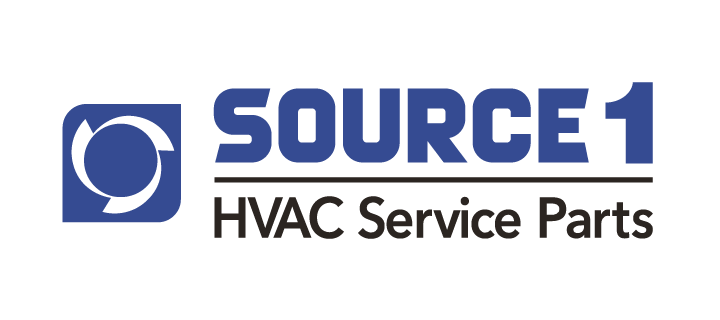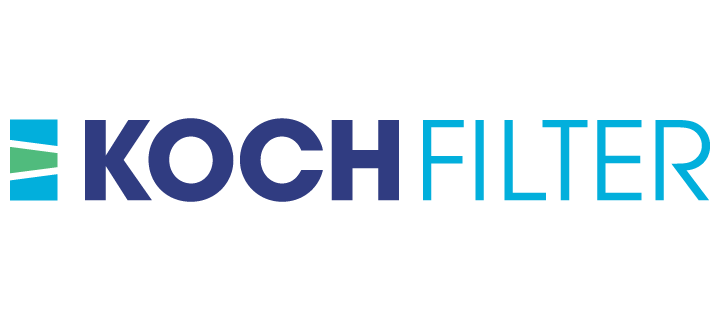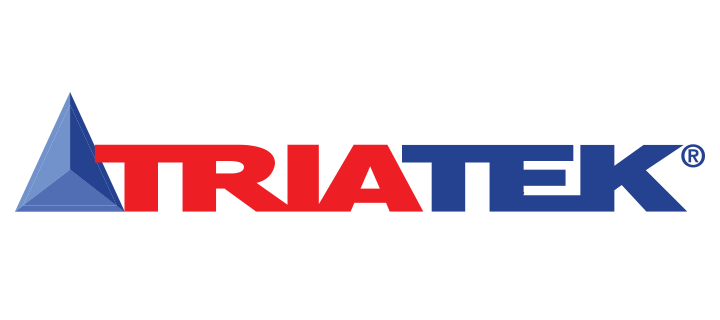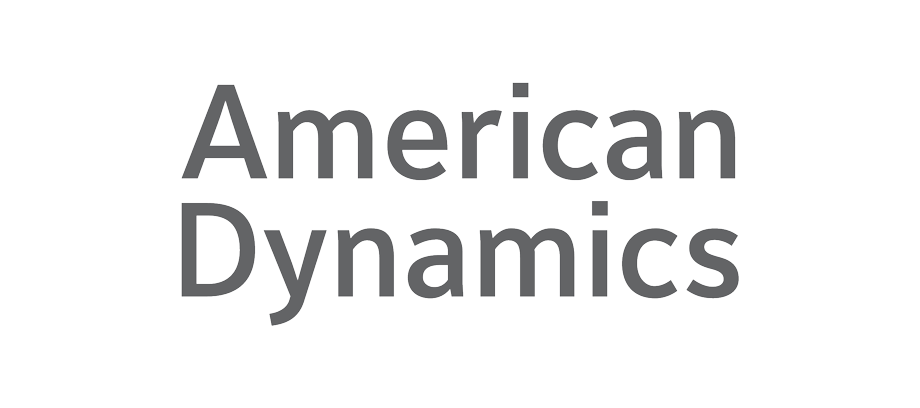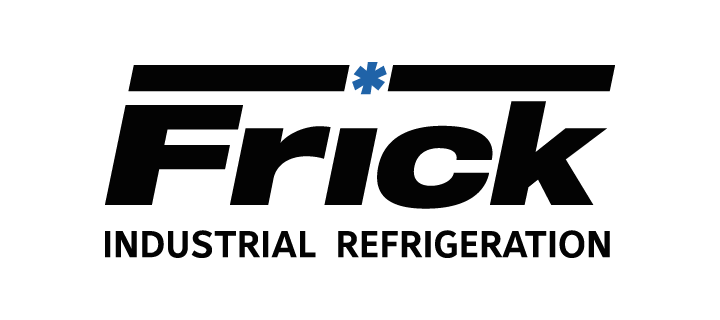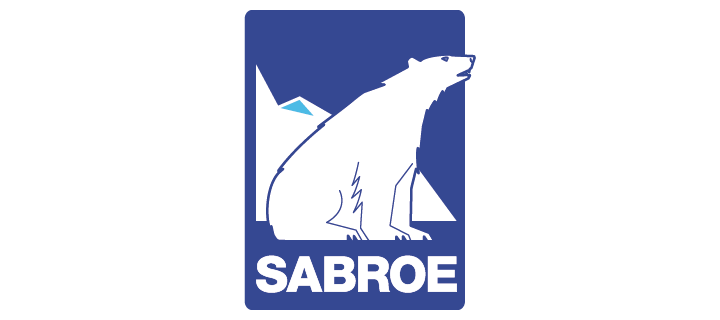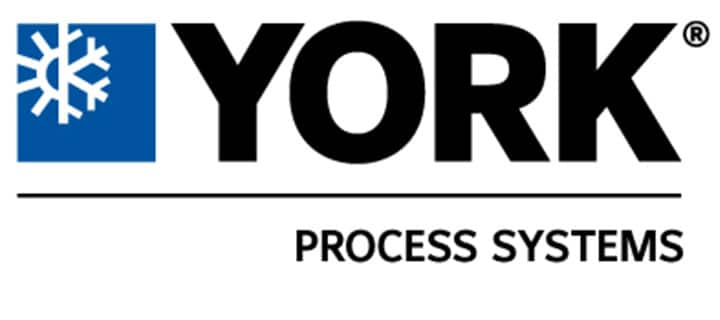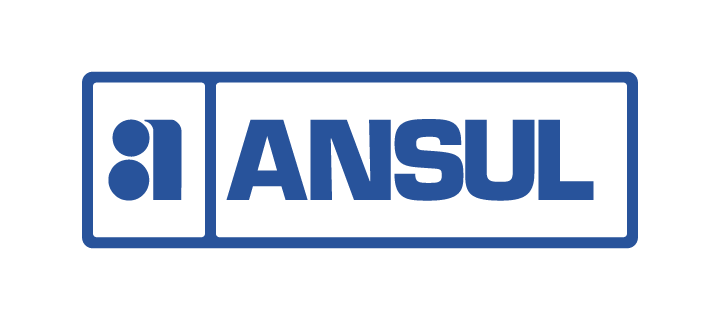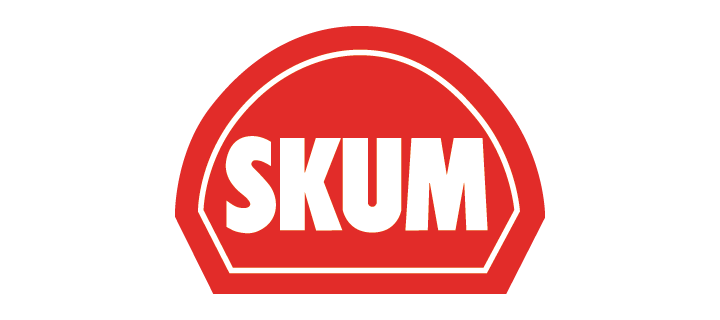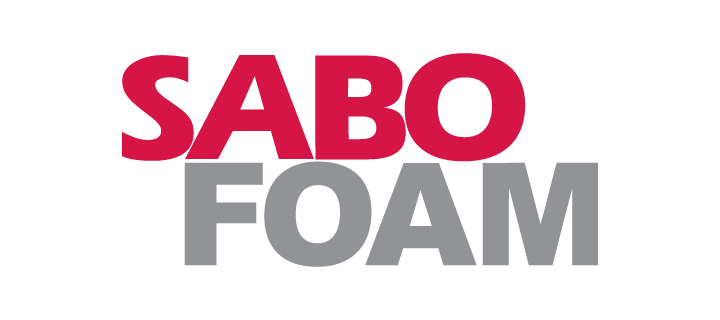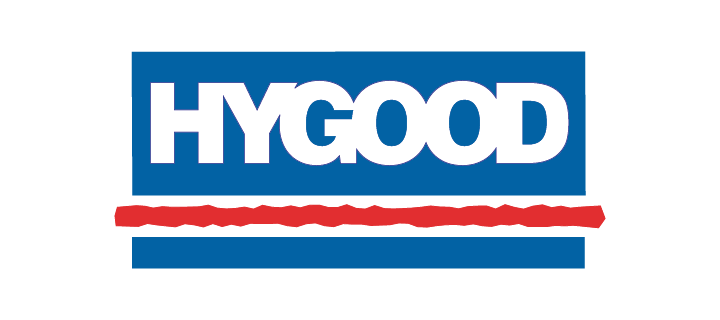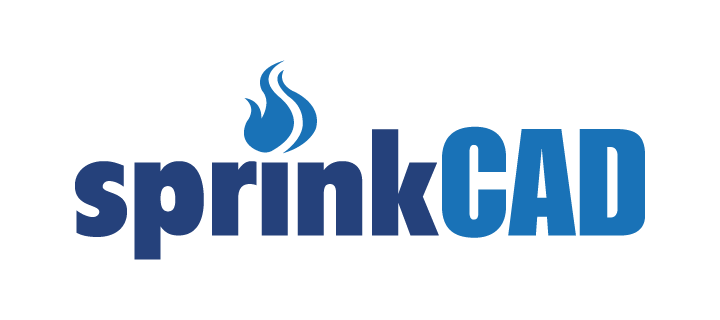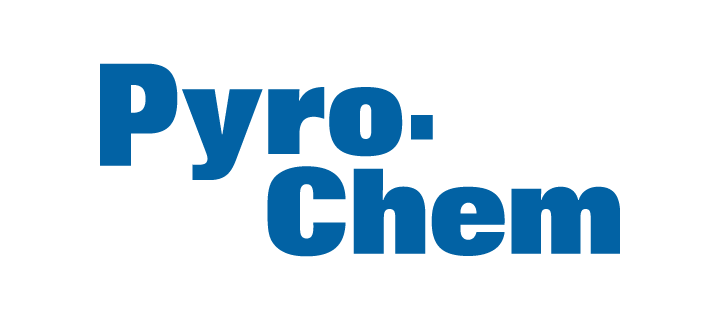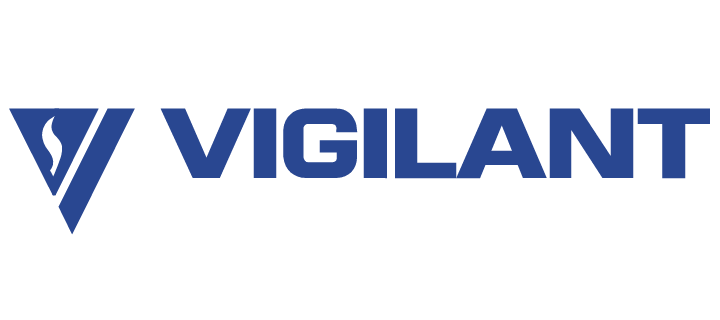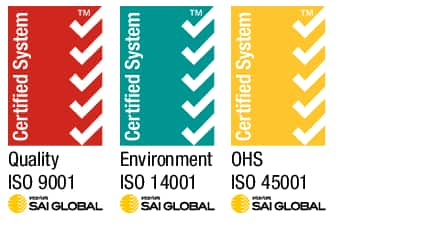Research Laboratory

Research lab uses advanced technology to reduce energy use and carbon footprint
On the campus of a not-for-profit research laboratory outside Washington, engineers, physicists and mathematicians have been solving some of the nation’s most critical challenges for more than 70 years. The research facility organized in 1942 shortly after the U.S. entered World War II, and today is engaged in more than 600 programs designed to “enhance national security through science and technology” for the U.S. government.
The laboratory is also committed to improving its sustainability efforts across the sprawling campus, including a goal to reduce CO2 emissions by 5,700 metric tons. In 2011, as facility managers began to explore ways to achieve the goal, their Johnson Controls team - long-time partners at the facility - suggested they focus on improving efficiency within their HVAC system through an approach called Central Plant Optimization.
Create and sustain energy savings with Central Plant Optimization
In most buildings, HVAC systems consume a great deal of energy. And among the various HVAC systems such as airside, chillers and boilers, the chiller plant uses the most energy. Central Plant Optimization is a process designed to achieve persistent, peak performance of the plant.
Johnson Controls Central Plant Optimization™ 30 (CPO 30) is a holistic strategy that considers everything from infrastructure design and component selection to measurement, verification and maintenance of the central plant. Backed by patented software algorithms, the whole-system approach to optimization helps customers reach the highest potential in plant efficiency and can deliver sustained energy savings of up to 60 percent.
At the laboratory, Johnson Controls — in collaboration with its partner Optimum Energy — conducted a detailed engineering simulation and analysis which showed that by optimizing the central plant, facility managers could achieve greater operating efficiency, substantial energy savings and a significantly lower carbon footprint.
The plan focused on one of the 20 buildings on campus and called for the addition of variable speed drives on two chillers, two chilled water pumps, one glycol pump, two condenser water pumps and the implementation of CPO 30, powered by Optimum Energy.
By implementing the plan in its totality, the analysis showed facility managers could expect to achieve:
- Increased central plant efficiency: Efficiency is expected to improve by 34.8%.
- Energy savings: Savings are estimated at 1,549,000 kWh annually.
- Reduced carbon footprint: The project will yield a reduction of 1,068 metric tons of CO2 each year, nearly 20% of the campus’ total reduction goal.
- Financial savings: The combined efforts will result in cost savings of $140,000 annually.
The anticipated savings were so significant, facility managers and their Johnson Controls team asked the local utility to consider awarding a custom rebate to help offset the cost of implementation — the first time the utility had been presented with such an ambitious request. But because the team was armed with detailed, measurable expectations provided by the optimization software, Johnson Controls committed to helping the utility understand how the research facility would benefit from the implementation of CPO 30. The good news came five months later.
An added incentive: Rebates cut investment payback time in halfThe local utility agreed to award the laboratory with rebates and incentives totaling more than $400,000, cutting the investment and payback time in half and making it possible for facility managers to move forward with the project. To date, the Central Plant Optimization project is on target to achieve its savings goals. And with its web-based measurement, verification and management capabilities, CPO 30 will help the research laboratory continuously maintain and optimize the performance of its HVAC system into the future, ensuring that energy reductions persist year-after-year.
